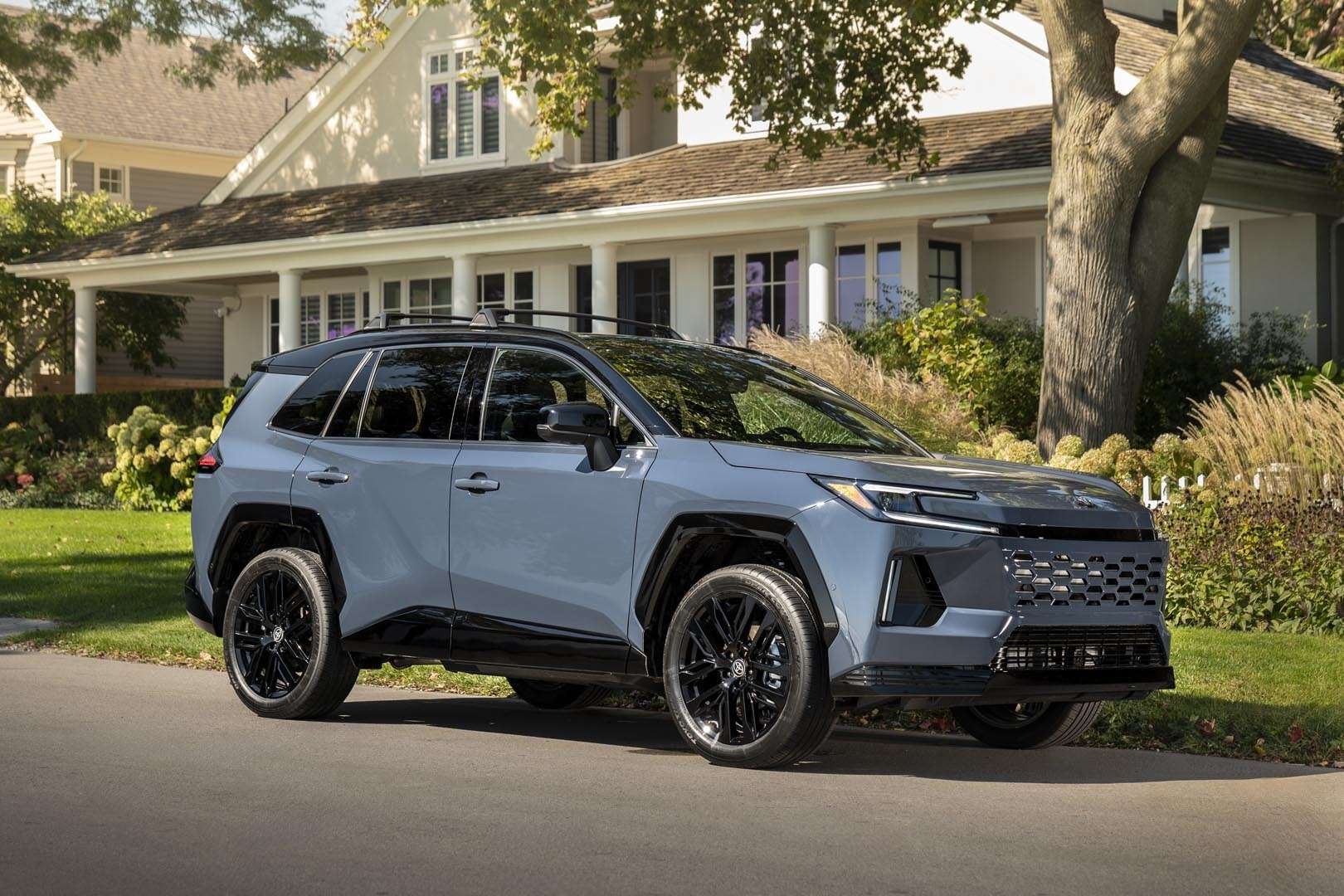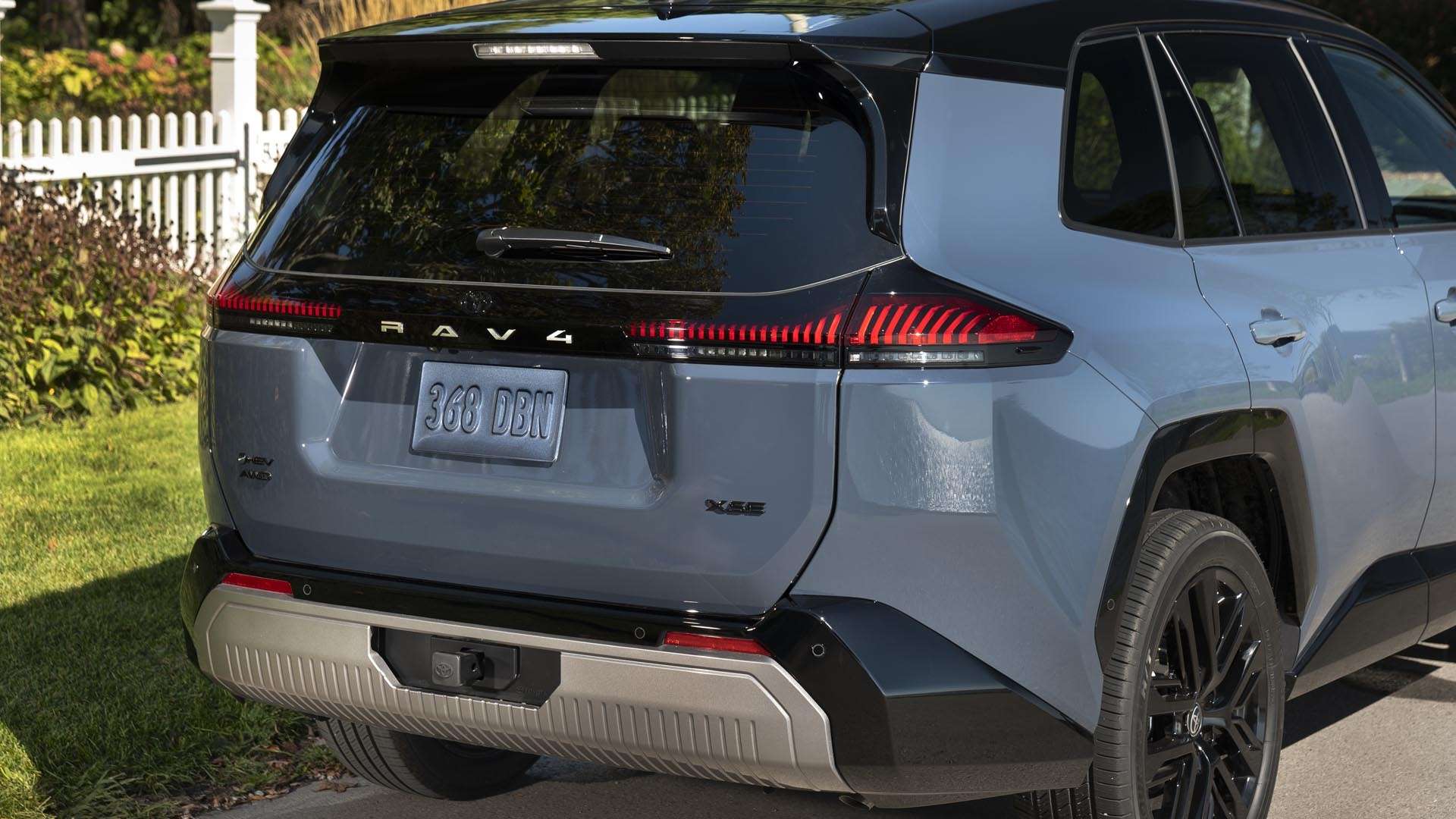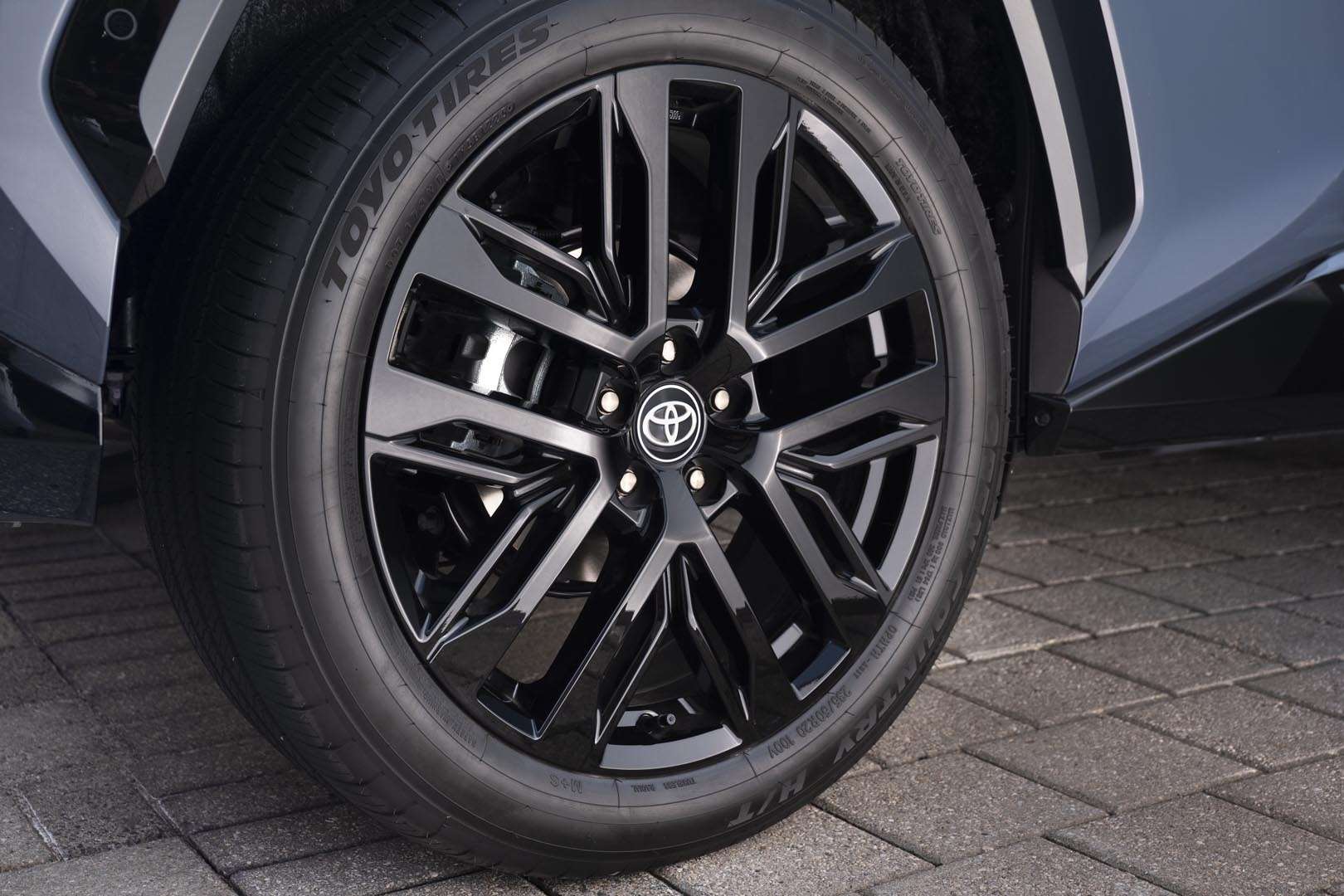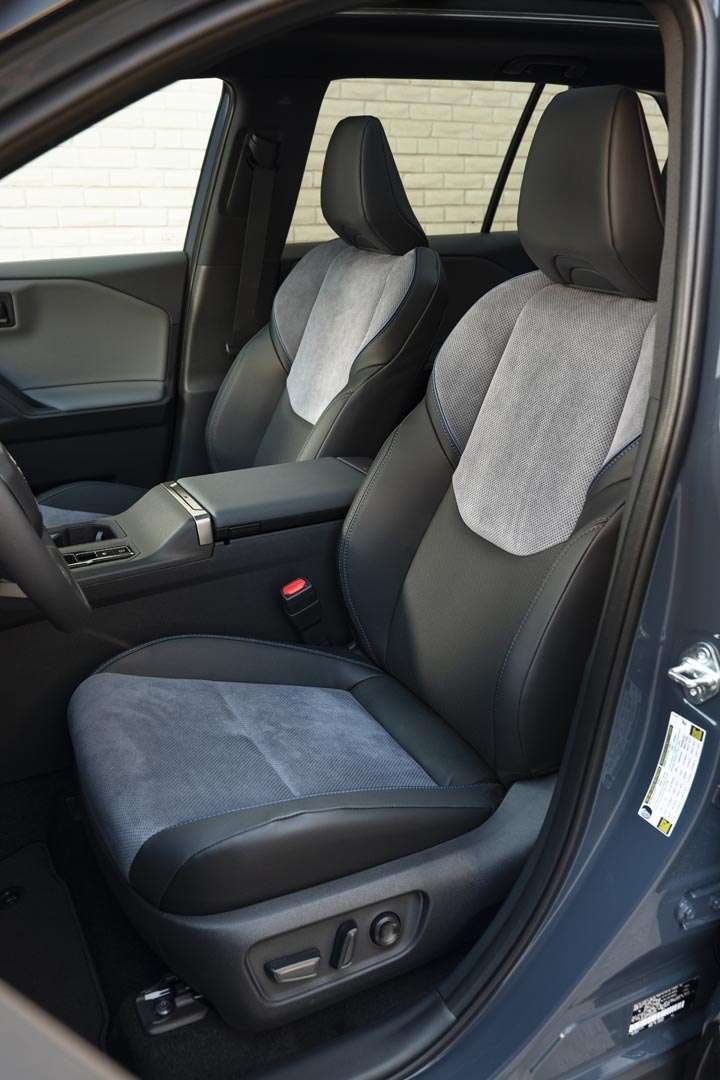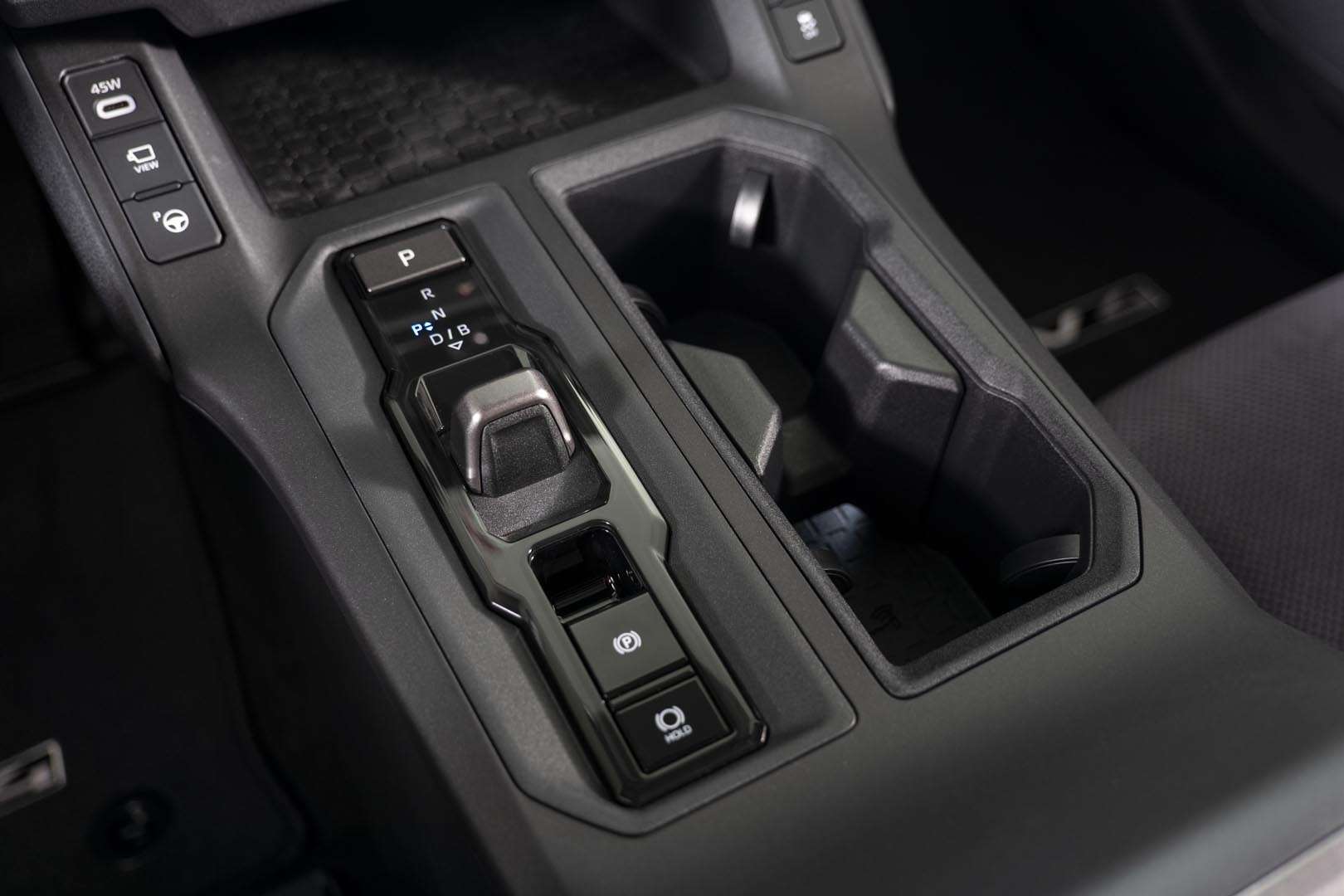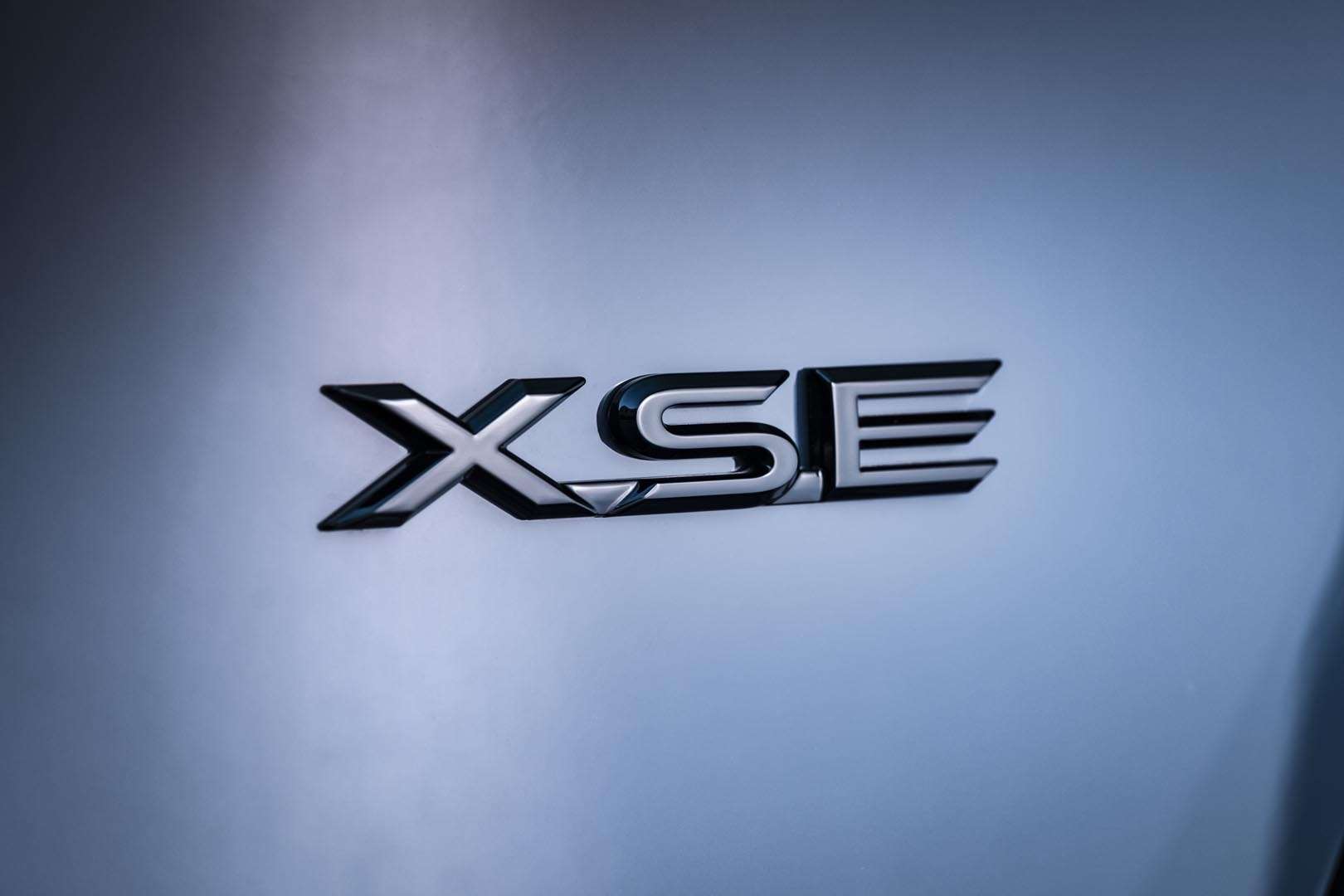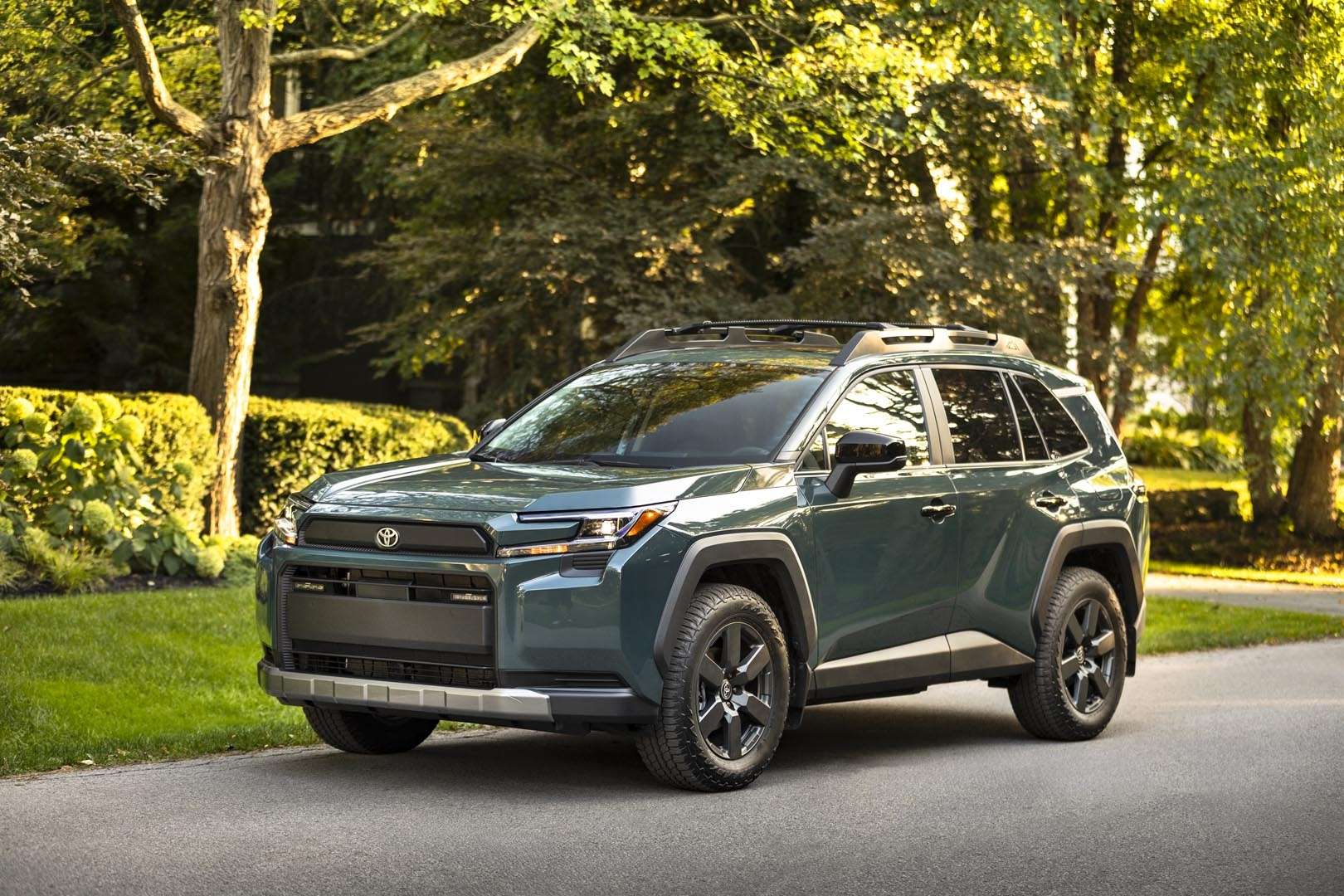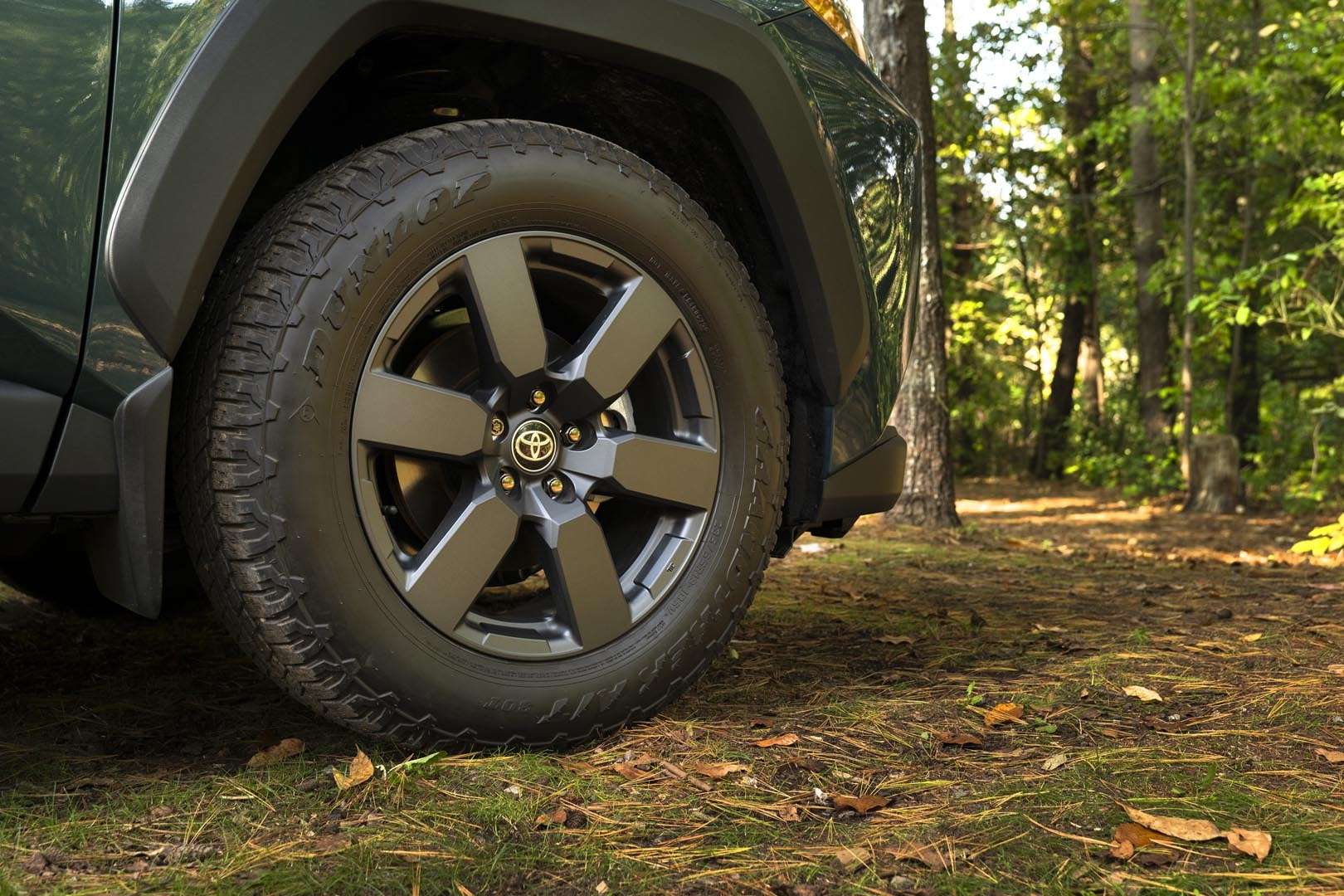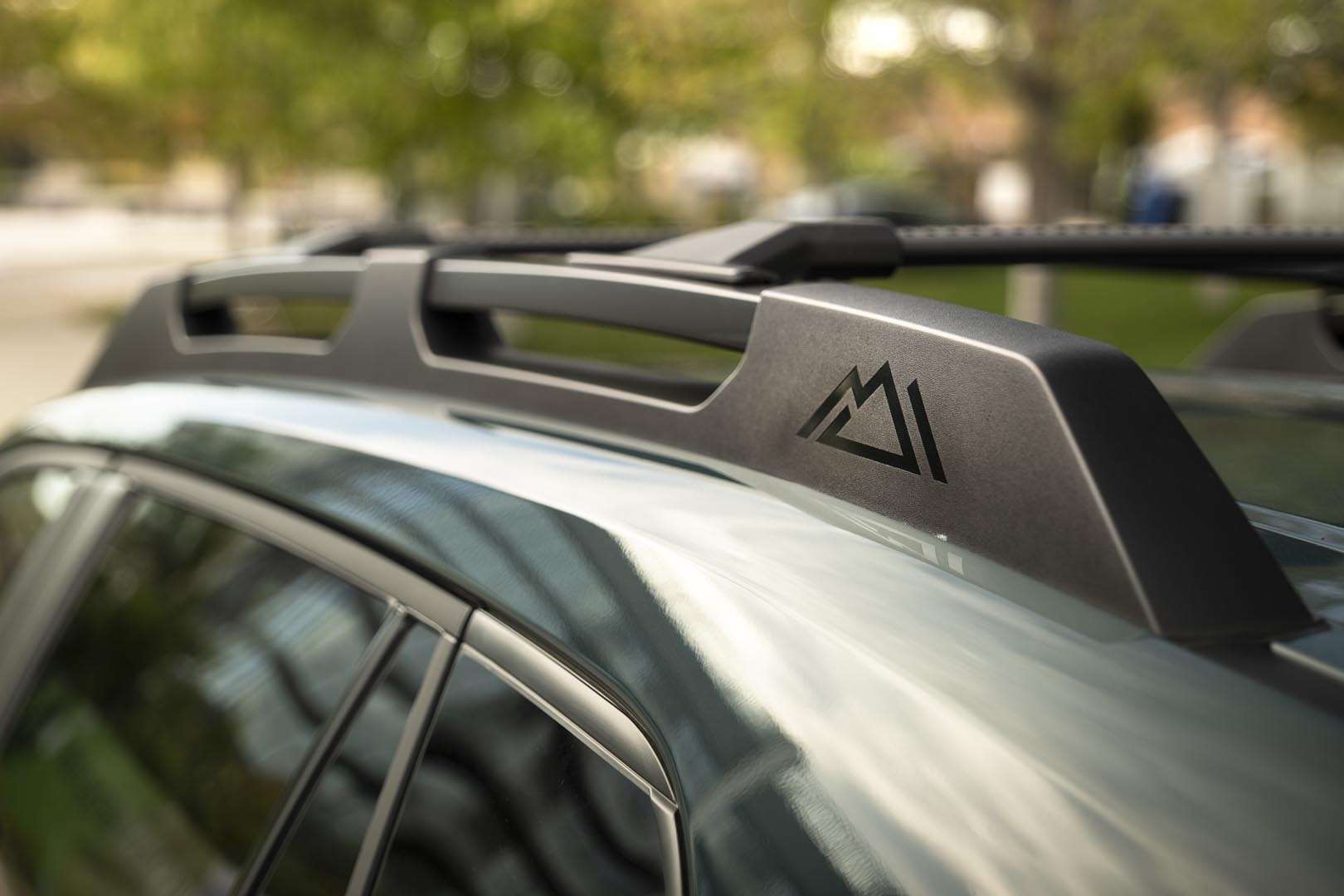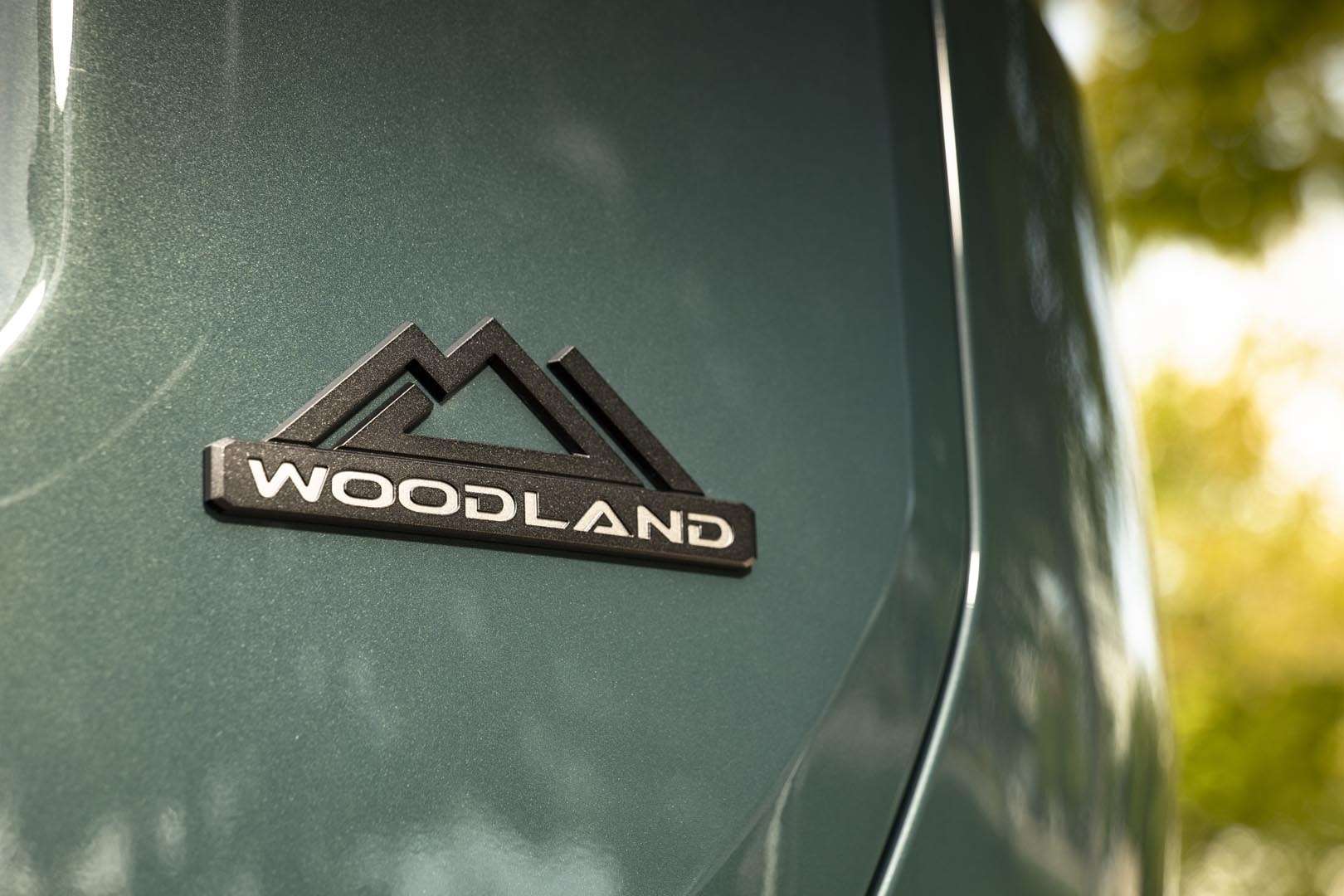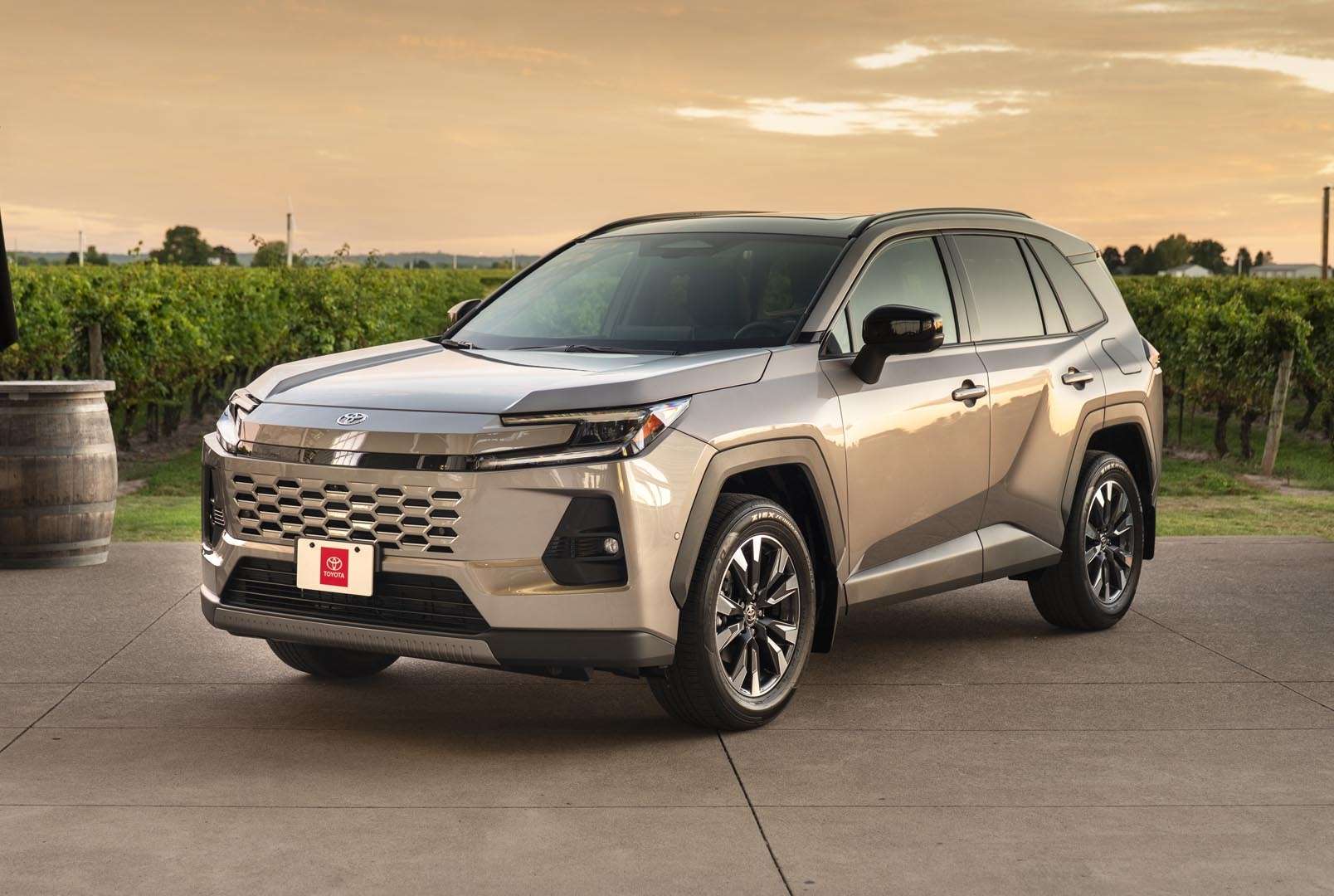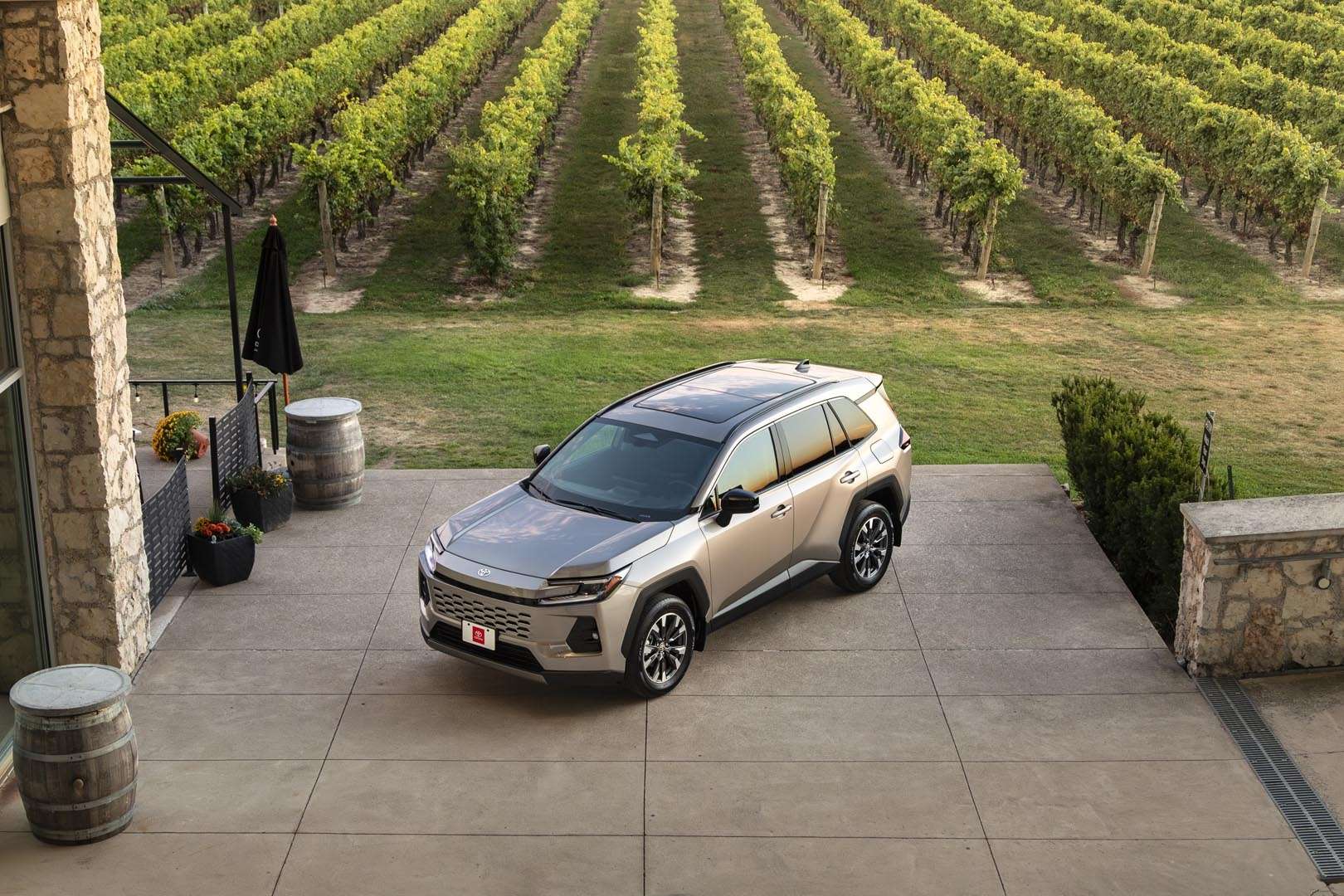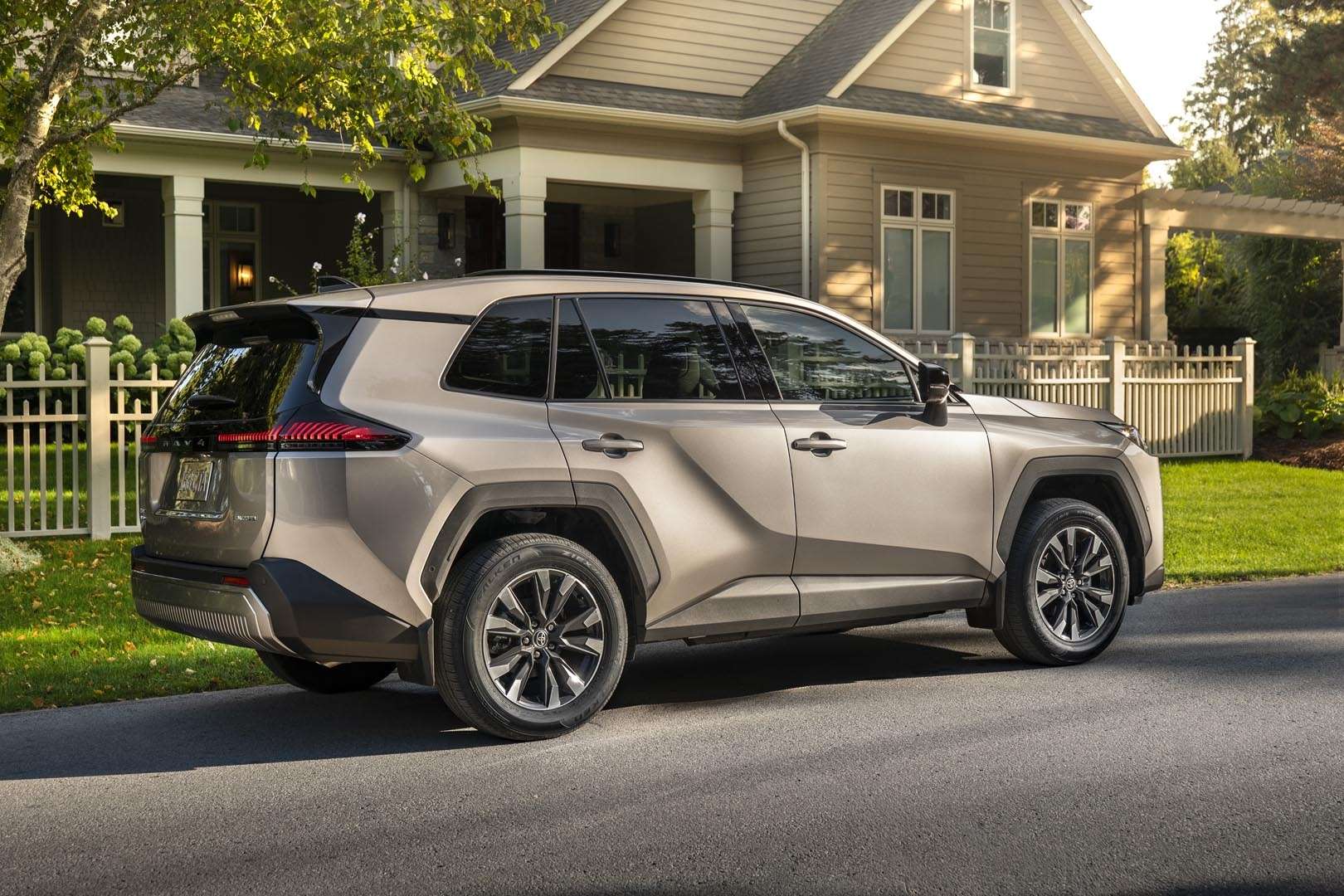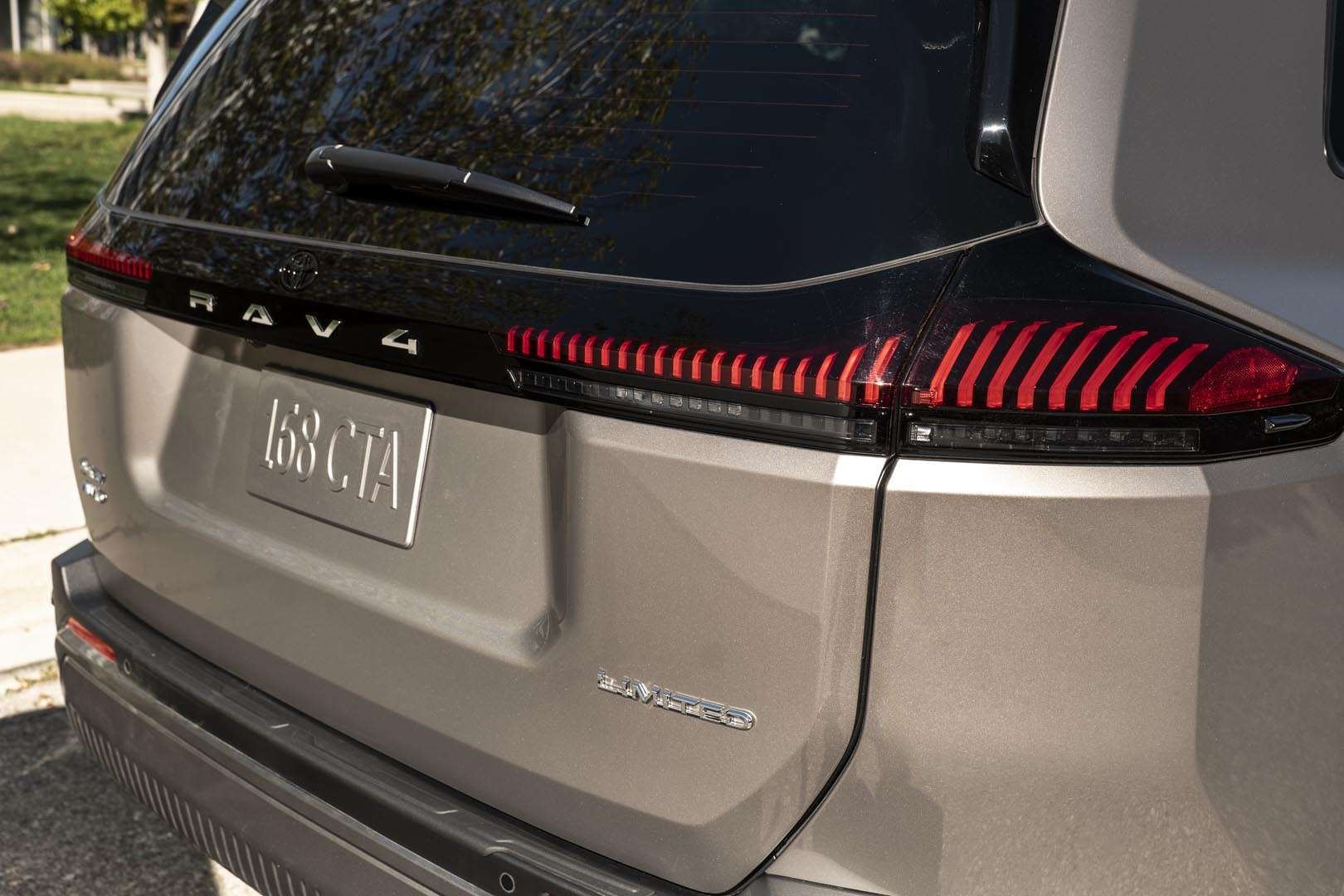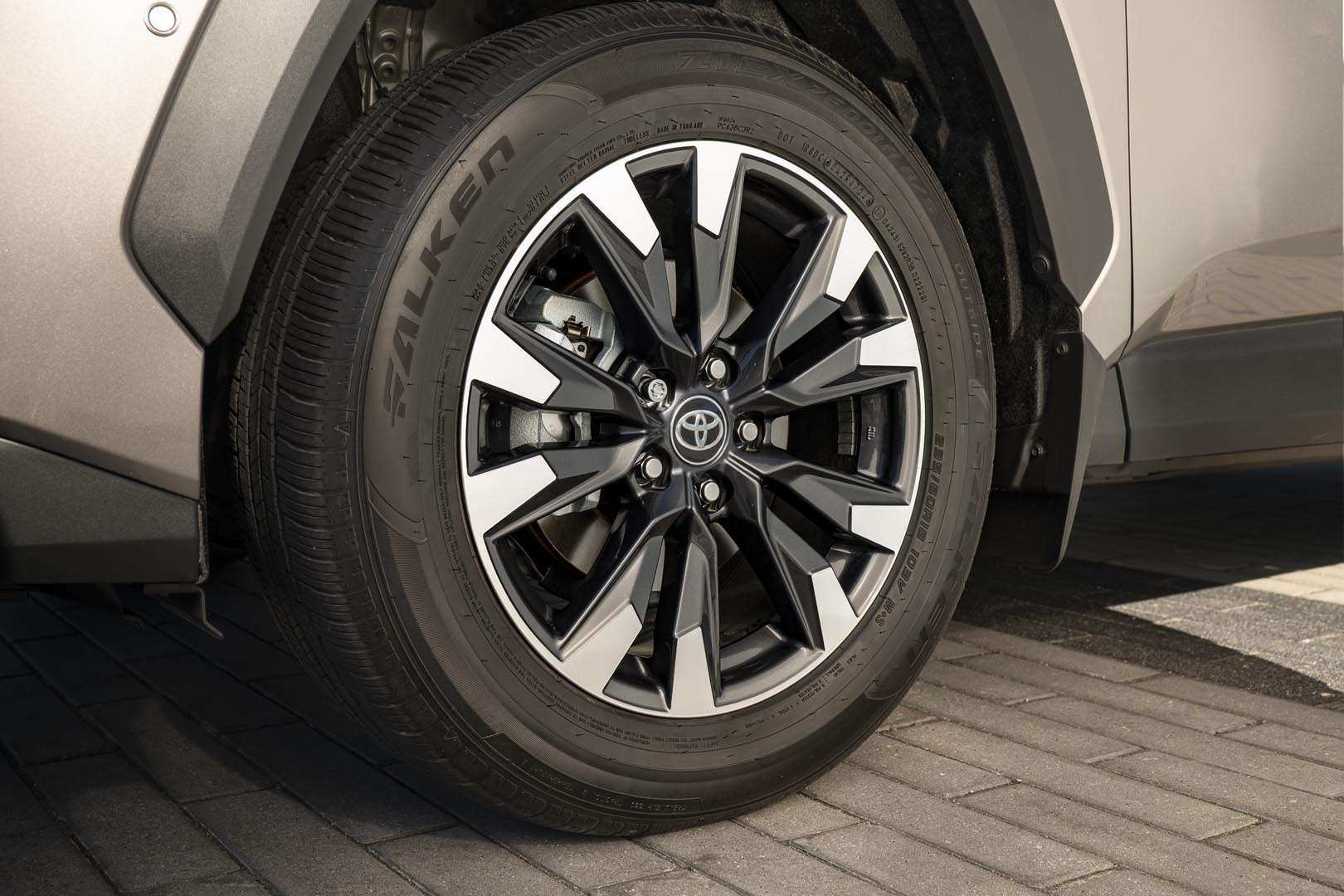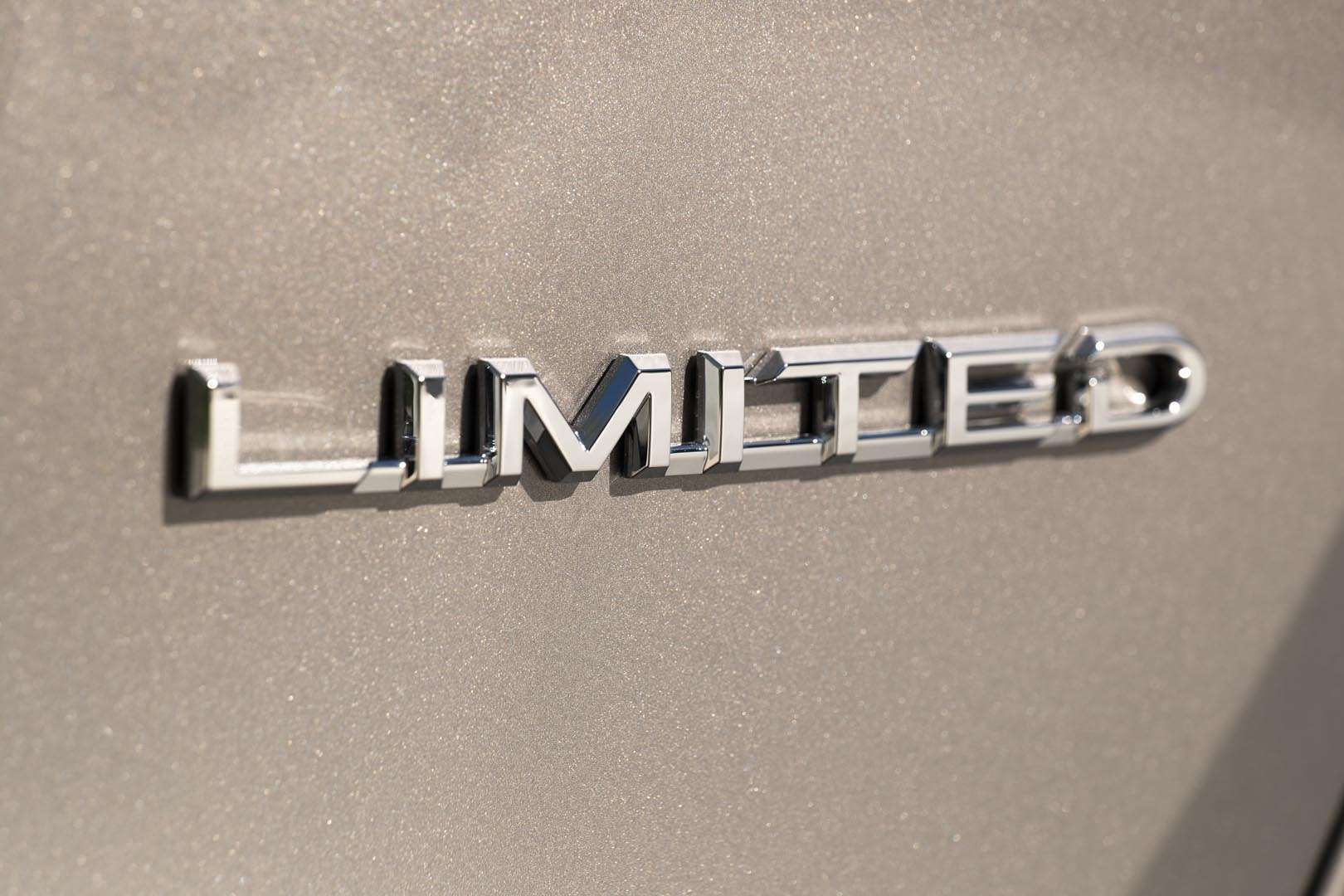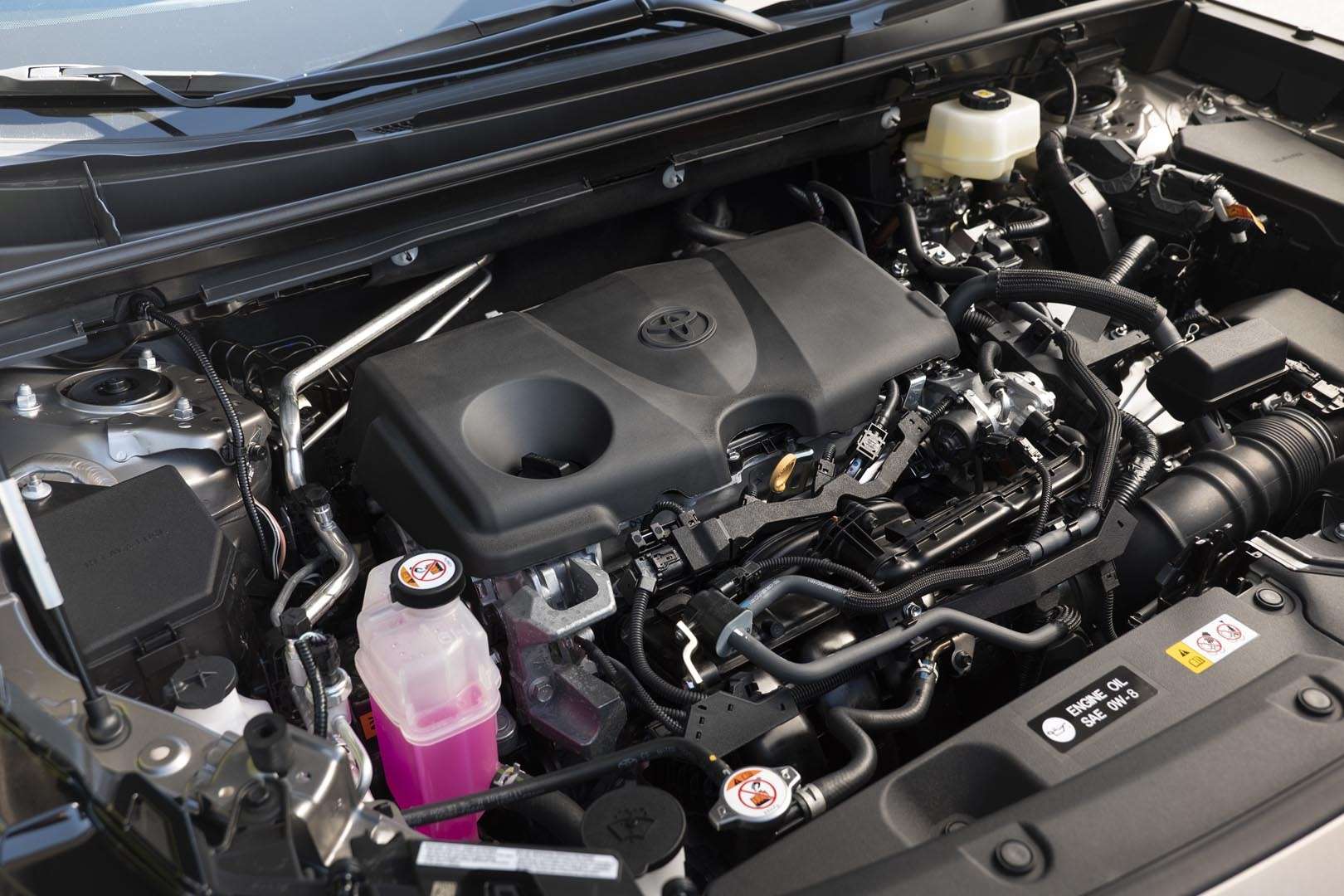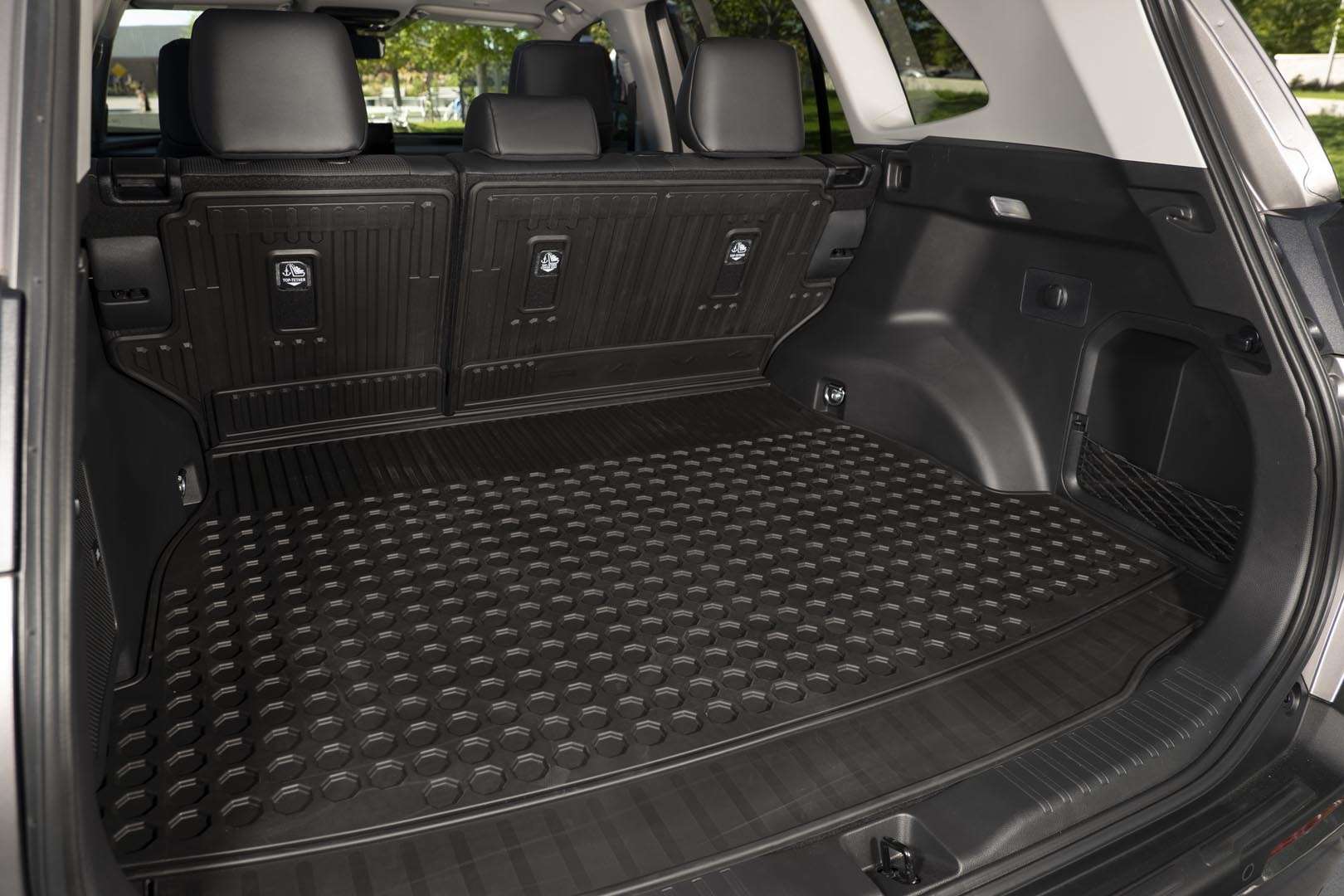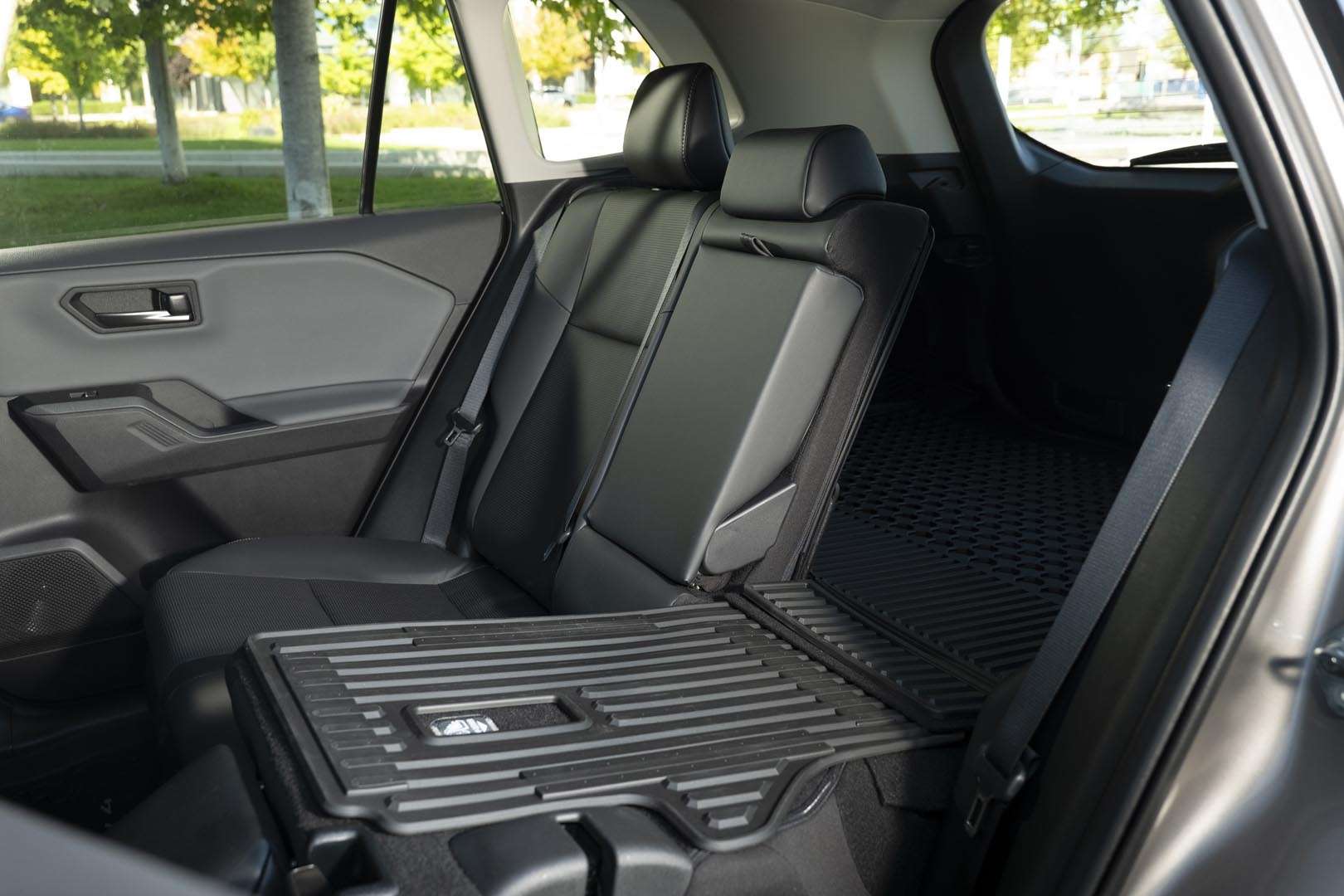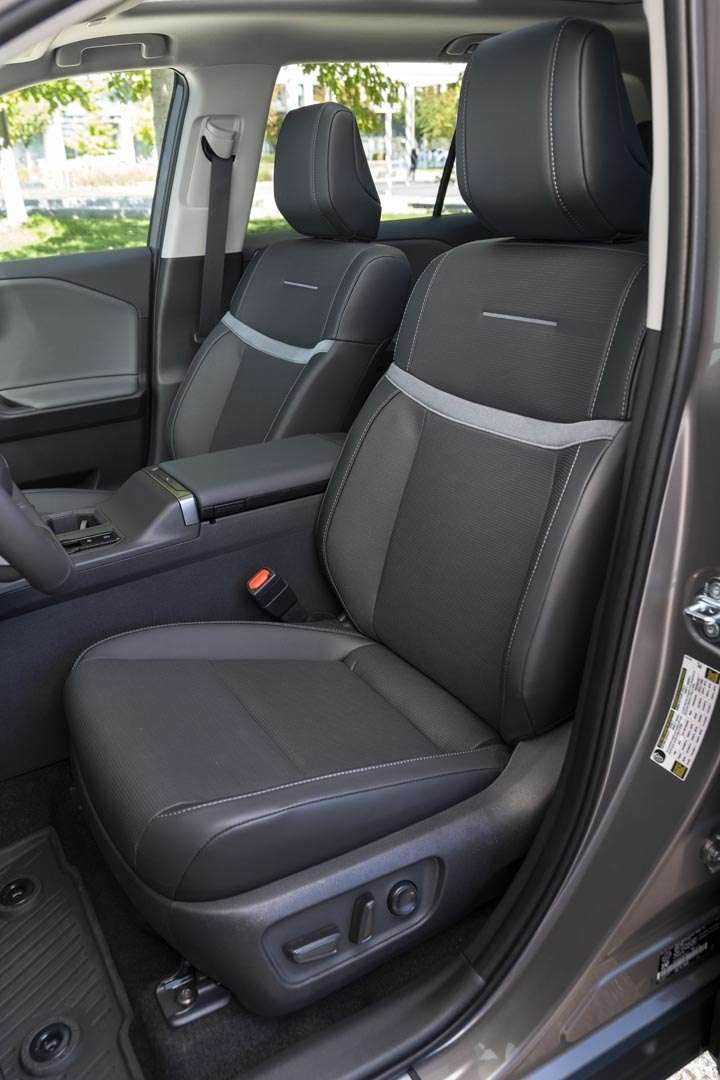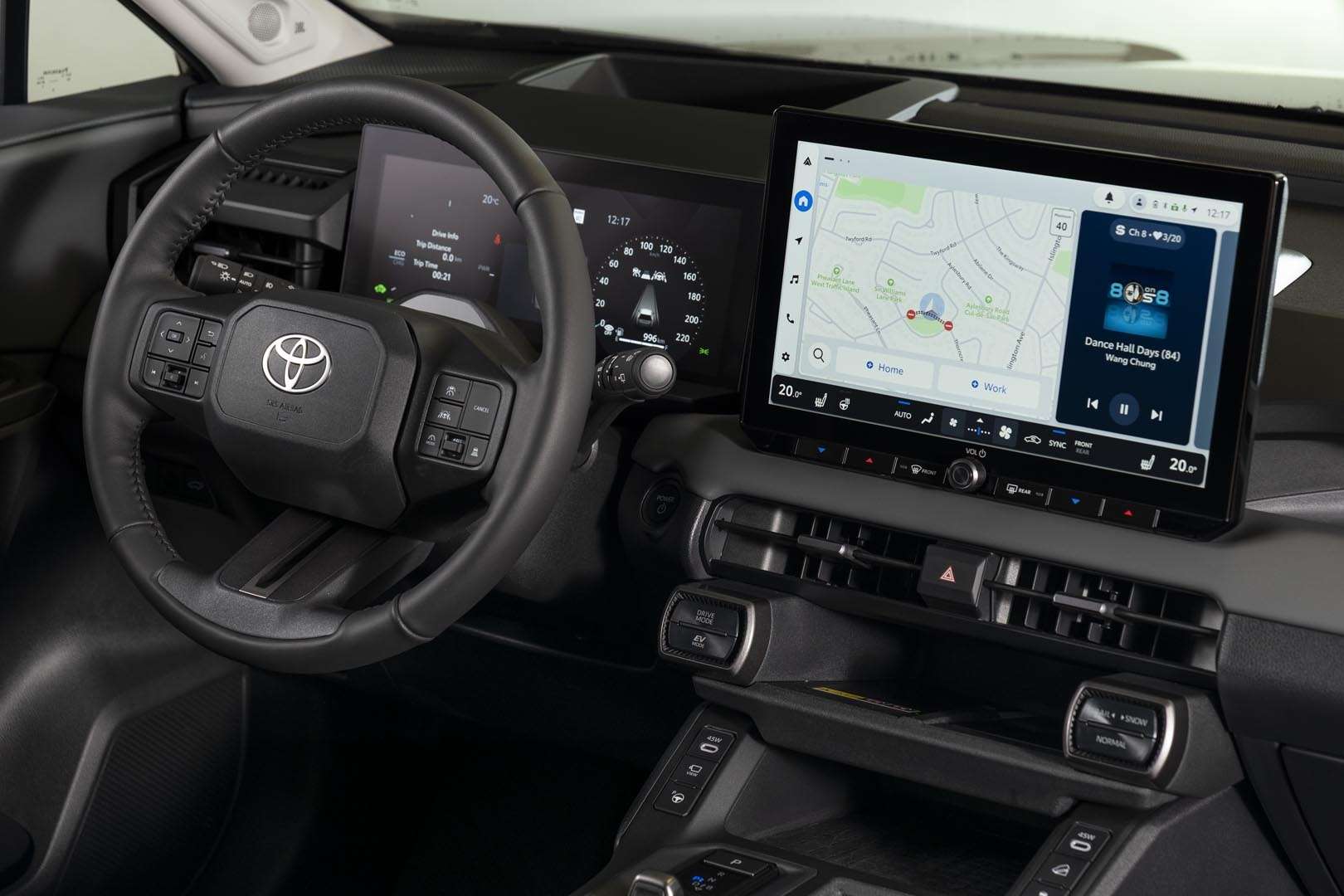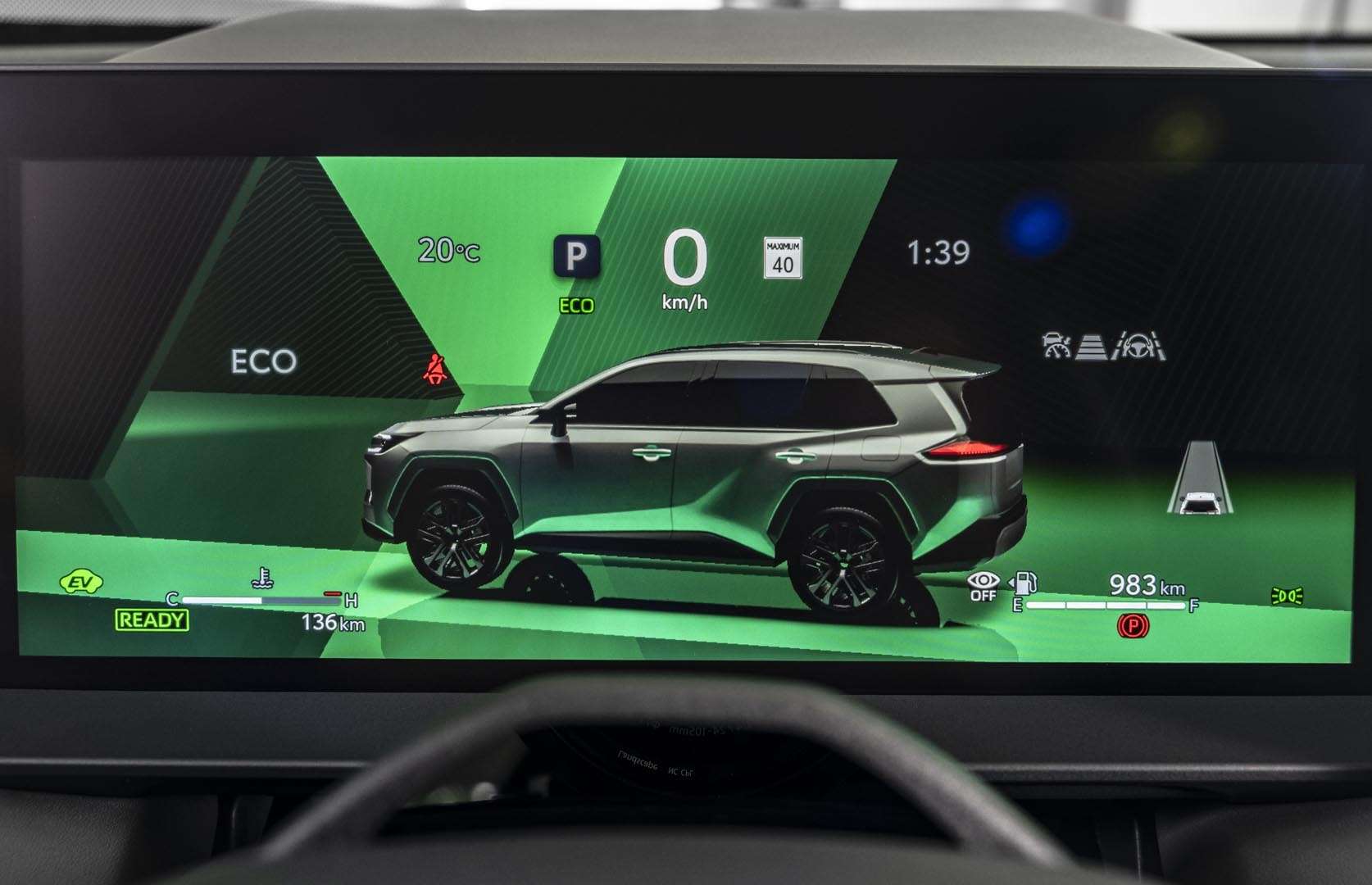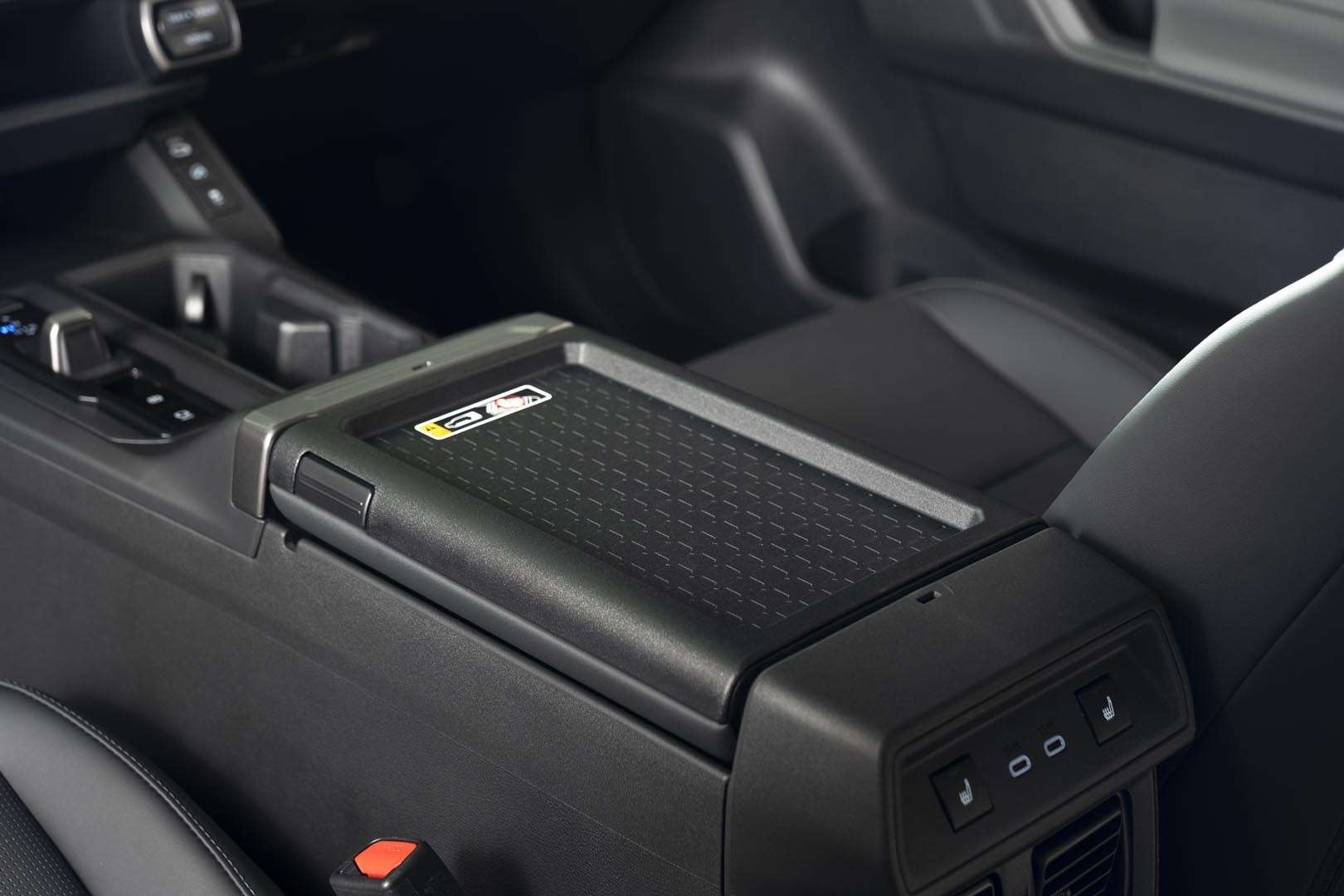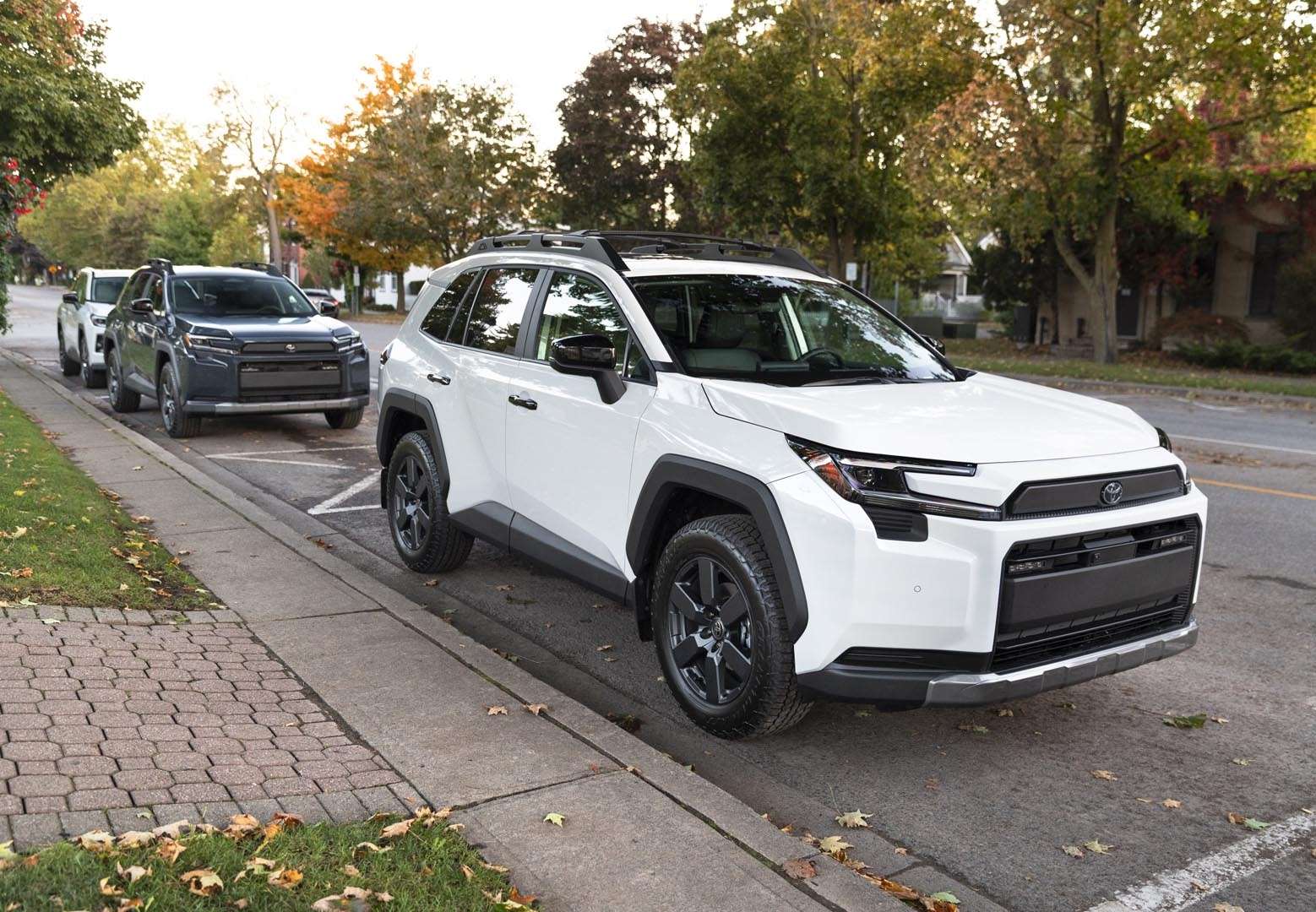Membership and connected space not available
Our membership registration and connected space will not be available December 14, from 8:30 p.m. to 11:30 p.m. because of systems maintenance. We apologize for any inconvenience.
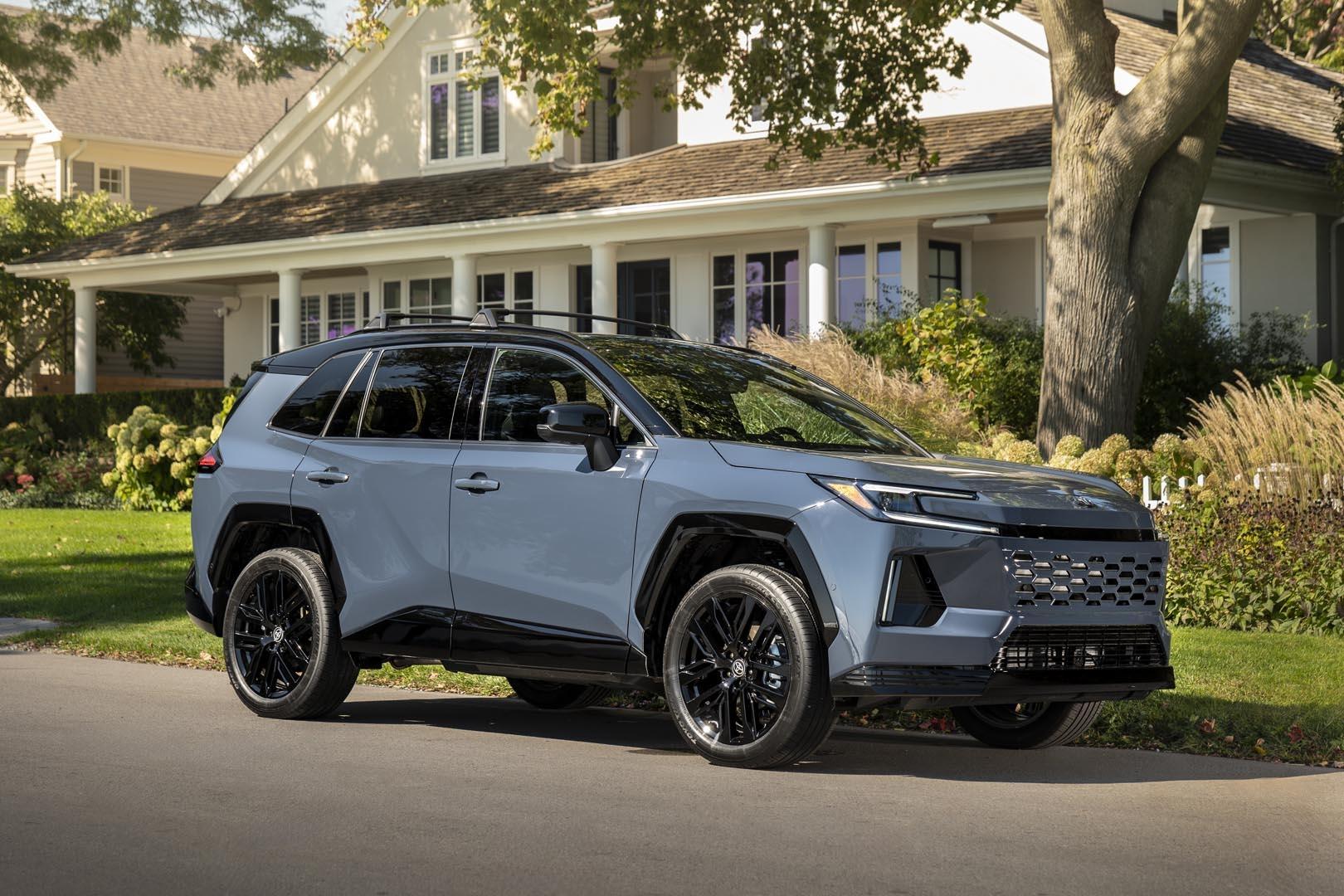
TOYOTA RAV4 2026
A poster child that will most likely stay that way
Pros and cons
Pros
- Finally, a more stable ride
- Improved soundproofing
- Efficient and fuel-efficient engines
- Tightened steering
- Spacious interior
- Front seats longer than before
- Simplified multimedia system
Cons
- HVAC controls integrated into the touchscreen
- Plastic trunk walls
- Engine still noisy under acceleration
- No entry-level plug-in versions
- Poor theft history
- Delivery delays uncertain
Overview
If one vehicle needs no introduction, it's the Toyota RAV4. Entering its thirtieth model year in Canada in 2026, the model has become, over the years, the best-selling vehicle in the country—aside from full-size pickup trucks, which still dominate the market. More than 77,000 units were sold in 2024, in addition to the 475,000 that earned the RAV4 second place in the overall sales charts south of the border.
Despite this enviable situation, Toyota couldn't rest on its laurels for too long. Several competitors to its flagship model have received facelifts since its last redesign, including the Honda CR-V, Hyundai Tucson, and Nissan Rogue. In this context, the RAV4's shortcomings in terms of fit, finish, ride, and soundproofing were becoming increasingly glaring.
Enter the sixth generation of Toyota's SUV, characterized first and foremost by the demise of a strictly gasoline-powered engine. Each version of the RAV4 is now a hybrid, much like the Sienna minivan and the Camry sedan. The Cambridge, Ontario, plant will assemble all non-plug-in models, which make up the majority of the lineup. The three plug-in versions will still come from Japan.
One of these is called the GR Sport, and features side skirts, unique 20-inch wheels, black accents, and a dynamic-looking front fascia. The 320 horsepower of the plug-in engine supports these sporty aspirations; in fact, the only two other plug-in models in the lineup will bear the SE and XSE letters, also associated with the manufacturer's dynamic branch.
Two other lines of the 2026 RAV4 each sport their own distinct visual signature. First, the Core family, consisting of the LE, XLE, and Limited models, which should account for the majority of sales according to the manufacturer. Then the Woodland trim, which further expands the "light" off-road concept embodied by the Trail version since 2019.
In all cases, the overall dimensions and interior space remain the same as before. Only the cargo volume increases by 11 liters, while the width and track (the space between the wheels on the same axle) gain about 1 cm. Toyota has also revised the suspension tuning, but retained its essential components.
At first glance, the target customer will notice the redesigned dashboard, with its standard 12.3-inch digital instrument cluster and enlarged central touchscreen. The latter now integrates most of the ventilation and heated seat controls, but more importantly, it introduces a timely update to the menu structure.
We were among the very first testers of the updated RAV4 in early October 2025, in the picturesque Niagara-on-the-Lake region.
Check out the Review section for our first impressions of this vehicle in video format, with pricing to be announced closer to its launch in early 2026.
Verdict
The redesign of the Toyota RAV4 addresses many of the weaknesses of the outgoing generation while preserving most of the fundamental aspects that made it a success. The spacious interior for the vehicle's size, the numerous storage compartments, and the simplified operation of the central screen reinforce the appeal and safety aspects of this compact SUV pioneer. We do, however, regret the shift of several ventilation controls to the multimedia system, at a time when manufacturers like Hyundai and Subaru are backtracking in this regard.
The dismissal of the non-hybrid four-cylinder shouldn't make anyone cry, since the gasoline-electric powertrain easily surpasses it in terms of power and fuel economy. Even its quietness is superior, despite the rpm bursts that the electronically continuously variable transmission continues to allow under hard acceleration.
Overall, the 2026 RAV4 seemed quieter to us than its predecessor, particularly in terms of road noise. The addition of soundproofing materials throughout and the adoption of more airtight seals seem to have paid off.
Speaking of refinement, the three non-plug-in hybrid RAV4s we drove proved significantly more stable than the previous generation. The bumpy roads of Ontario's backcountry didn't cause the choppy ride that characterized the old RAV4.
The steering was also more precise and, more importantly, less power-assisted than before. The result is a driving pleasure and serenity unprecedented for this series. This even applies to the entry-level LE variant, the only one that still uses 17-inch tires.
Enthusiasm rises a notch behind the wheel of the GR Sport trim. Members of the Automobile Journalists Association of Canada present at its annual TestFest, held a week after the RAV4's launch, were given the first taste of this plug-in hybrid model on October 16th and 17th, 2025. The additional 84 horsepower stands out, and the wide 20-inch tires sharpen the steering response. The driving route didn't allow us to assess the effect of the firmer suspension on the ride, but it was enough to demonstrate how effective the all-electric mode is. Even when accelerating vigorously on an uphill slope, the gasoline engine remained quietly at rest.
It was also difficult to judge the quality of the materials, since all the RAV4s sampled were pre-production models. The Woodstock, Ontario plant was still breaking in the assembly of the redesigned model when we visited it, between two driving segments. Employees must, in particular, master the assembly procedure for the hybrid system's battery, which previously arrived ready for installation from the United States. At the same time, they continued to assemble one 2025 version every 58 seconds.
This is the pace the manufacturer hopes to maintain after transitioning to the 2026 model year. If successful, it will likely reduce the exorbitant wait for a RAV4 Hybrid, since all models will be dual-engine. It remains to be seen whether the entry-level price will remain below $40,000. All other hybrids in the category have surpassed this threshold, but their manufacturers still offer non-hybrid models around $36,000 to $37,000. A major challenge for Toyota Canada!
Evaluation
Watch our complete video review (in French with YouTube-embedded English subtitles)
